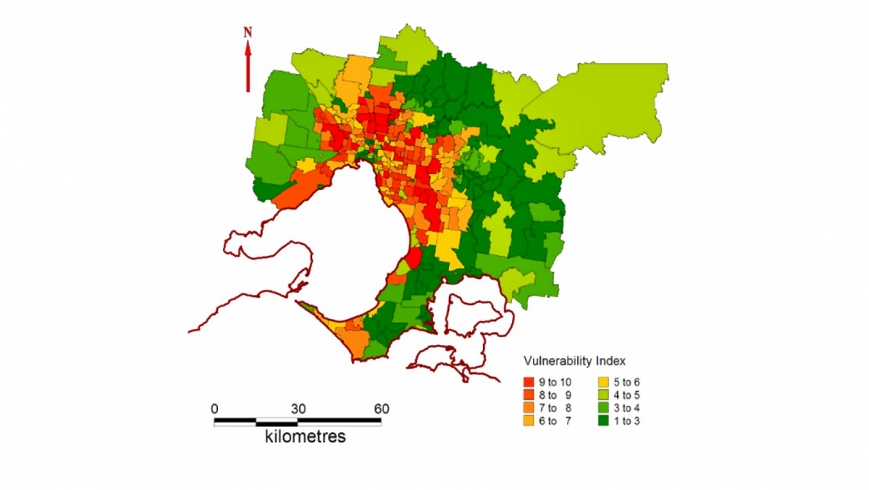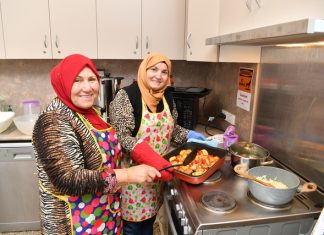Residents in the northern suburbs of Oak Park, Hadfield and Reservoir are among the most vulnerable in Melbourne heatwaves, new research has found.
People who live in Broadmeadows, Campbellfield, Thomastown and Bundoora aren’t far behind in suffering the effects of heat stress and dehydration.
Ambulance callouts during heatwaves have enabled Professor Nigel Tapper and his research team at Monash University to pinpoint, by postcode, where residents are most affected.
Professor Tapper said there was a clear association between suburbs with extreme heat vulnerability and the number of emergency callouts on extremely hot days.
Melbourne’s inner north and west, as well as some south-eastern suburbs, show up red on a heat vulnerability map produced by the university’s Co-operative Research Centre (CRC) for Water Sensitive Cities.
Professor Tapper said heatwaves were a major cause of death in Australia, with 374 associated with Melbourne’s heatwave in January 2009 – the build-up to Black Saturday – and there have been further heat-related deaths in the recent January heatwave.
He said street trees and shady parks, rain gardens and better building design were crucial to surviving heatwaves.
“If we don’t do other things, we’re just cooking ourselves,” Professor Tapper warned.
“We found key factors that raised the risk of sickness or death in heatwaves included older people living alone, ethnicity, and the proportion of land covered by buildings that leads to excess urban warmth.
“In areas that are covered by buildings, urban warming occurs that can increase local temperatures by around four degree Celsius.
“This can take the temperature over the threshold where human health is threatened.”
Professor Tapper said heatwaves would be more and more frequent in the next 20 years.
“We will save lives by putting in place appropriate urban adaptation measures,” he said.
Professor Tapper said language barriers were a big impediment in areas of diverse ethnic communities, combined with a lack of understanding of the nature of Australian heat. And poorer socio-economic circumstances meant people were unable to afford air-conditioning and the energy required to run cooling equipment.
The chief executive of CRC for Water Sensitive Cities, Professor Tony Wong, said councils and urban planners needed to place greater importance on urban design and building construction to ensure more liveable suburbs.
“City planning and urban design should be guided by these heat vulnerability maps,” Professor Wong said.
“Water planners and town planners need to work together to reduce local temperatures. This would provide long-term, city-wide resilience to predicted increases in the number and severity of heatwaves in Australian cities.”
The CRC research aims to develop new technologies and urban designs that include trees and waterways and to ensure urban landscapes have reliable water sources.
» mappingvulnerabilityindex.com







